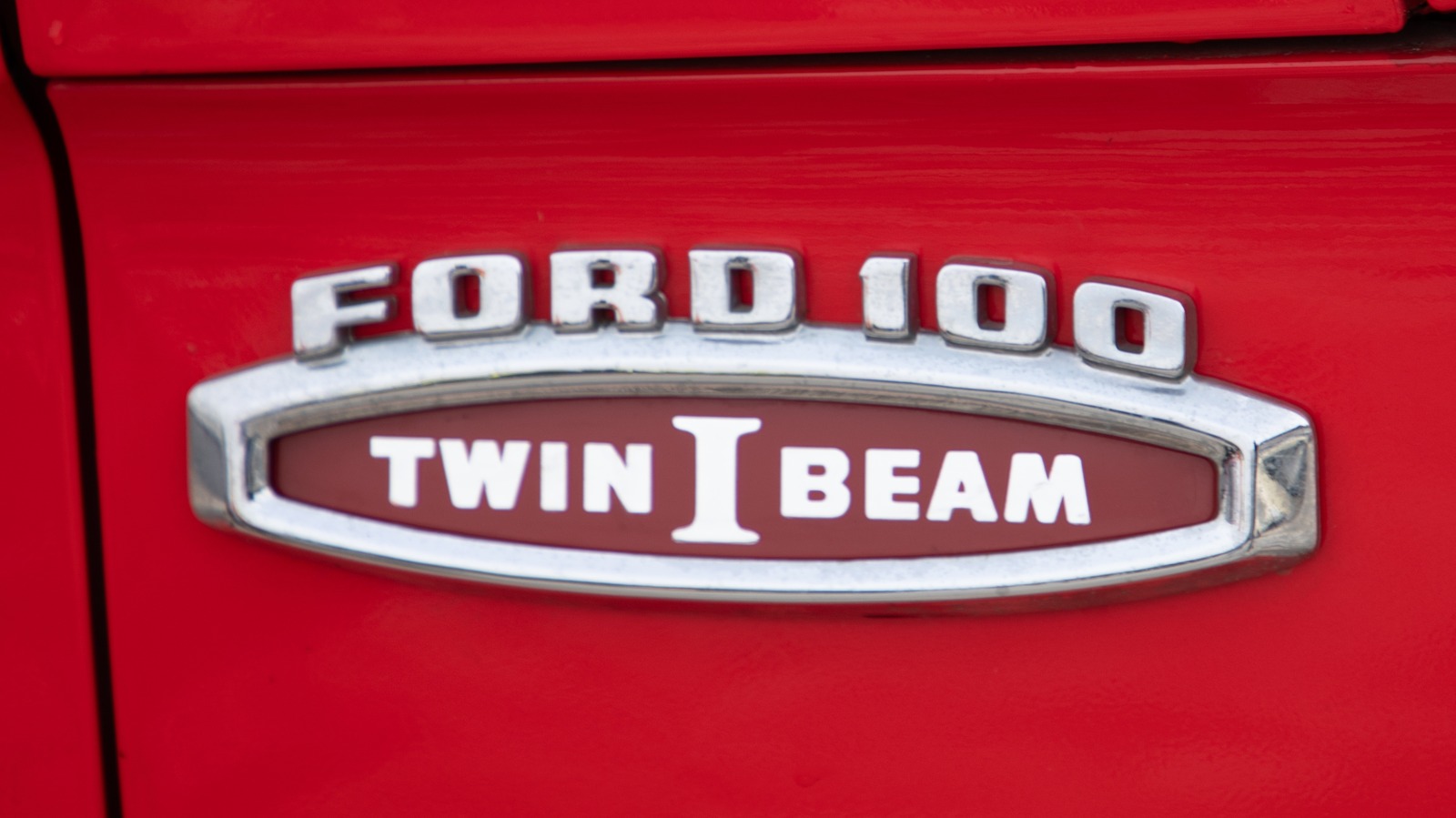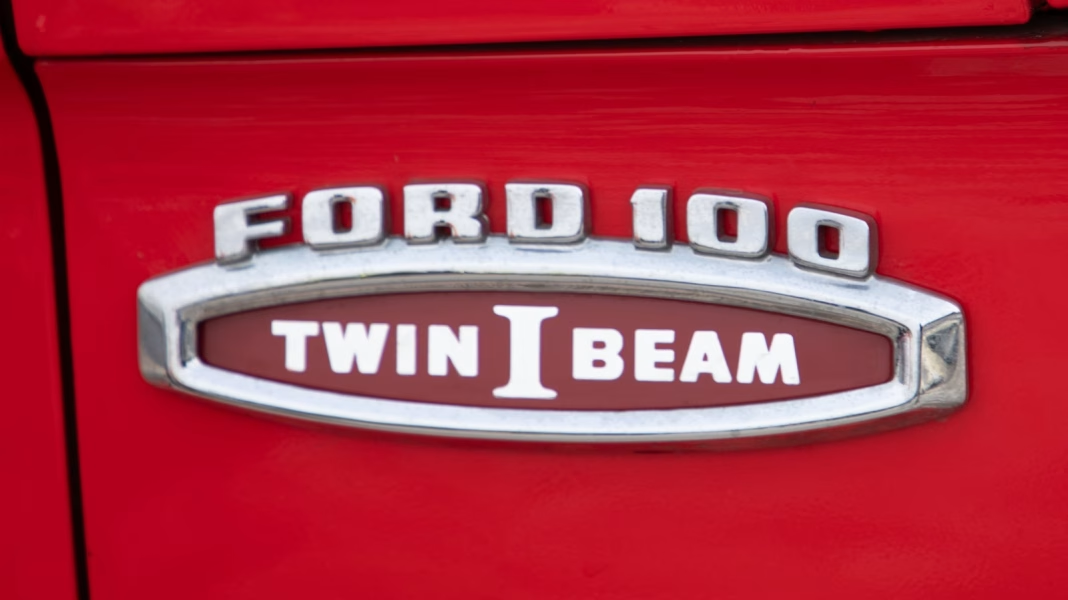In the 1960s, Ford made waves in the automotive world with a groundbreaking innovation: the Twin I-Beam front suspension. This design didn’t just tweak the ride quality of trucks; it completely transformed how they handled on and off the road. Let’s dive into what made this suspension system so remarkable and why it still resonates with truck enthusiasts today.
What Is the Twin I-Beam Suspension?
At its core, the Twin I-Beam suspension features two independent beams that connect the front wheels to the chassis. Unlike traditional solid axles, which can limit wheel movement and flexibility, the Twin I-Beam allows each wheel to move independently. This means that when one wheel hits a bump, the other can remain stable, resulting in a smoother ride.
The design is deceptively simple yet incredibly effective. By using two I-shaped beams, Ford was able to maintain strength while reducing weight. This balance of durability and performance was a game-changer for trucks, which often faced rough terrains and heavy loads.
Why Was It a Game-Changer for Trucks?
Before the Twin I-Beam, many trucks relied on leaf springs and solid axles, which could lead to a bumpy ride and less control, especially on uneven surfaces. The Twin I-Beam changed that narrative. It provided better handling, improved ride comfort, and enhanced stability.
Picture this: you’re driving a truck loaded with gear, navigating a rocky path. With a solid axle, you might feel every jolt and bump. But with the Twin I-Beam, the ride feels more like gliding over the terrain. This innovation not only made trucks more enjoyable to drive but also improved their utility for work and recreation.
Real-World Impact: The Ford F-Series
The introduction of the Twin I-Beam suspension was a pivotal moment for the Ford F-Series trucks, which have been among the best-selling vehicles in the United States for decades. The 1965 Ford F-100, equipped with this new suspension, quickly gained a reputation for its superior ride quality and handling.
As a result, many truck owners found themselves more willing to take their vehicles off-road or use them for heavy-duty tasks. The Twin I-Beam suspension became synonymous with reliability and performance, helping Ford solidify its place in the truck market.
Expert Opinions on the Twin I-Beam Design
Automotive experts often highlight the Twin I-Beam as a prime example of engineering ingenuity. According to industry analysts, the suspension system’s ability to absorb shocks and maintain wheel alignment under load has set a standard for truck design.
Moreover, the simplicity of the Twin I-Beam means that it’s easier to maintain compared to more complex suspension systems. This ease of maintenance has contributed to the longevity of many Ford trucks on the road today, making them a favorite among enthusiasts and professionals alike.
What Can We Learn from the Twin I-Beam?
The legacy of the Twin I-Beam suspension extends beyond just trucks. It teaches us the value of innovation rooted in simplicity. Sometimes, the most effective solutions are those that don’t overcomplicate things.
For anyone looking to improve their vehicle’s performance or simply seeking inspiration in their own projects, consider this: focus on the fundamentals. Whether it’s in engineering, business, or personal goals, a straightforward approach can often yield the best results.
The big takeaway? The Twin I-Beam isn’t just about a better ride; it’s about smarter design choices that prioritize functionality. If you’re in the market for a truck or just appreciate automotive history, remember that sometimes, the simplest ideas can lead to the most significant advancements.


